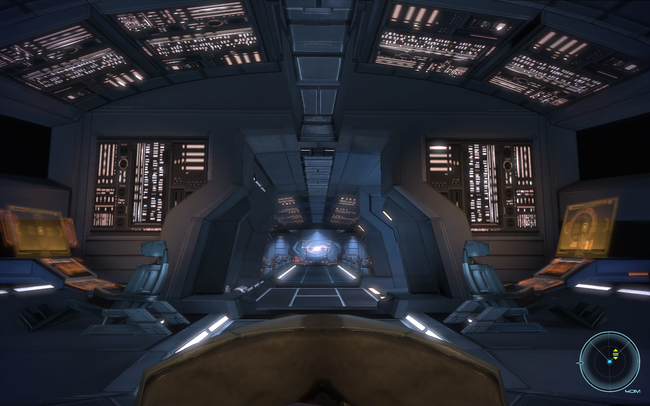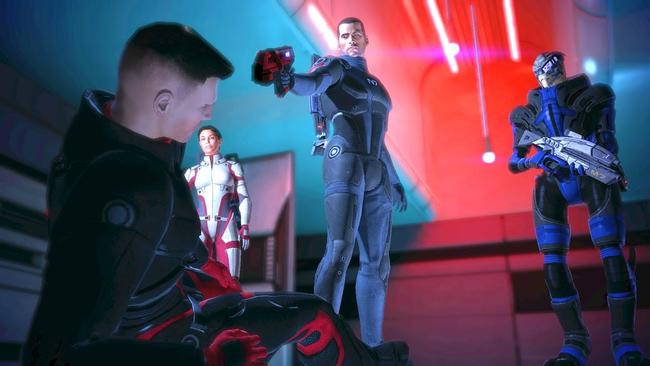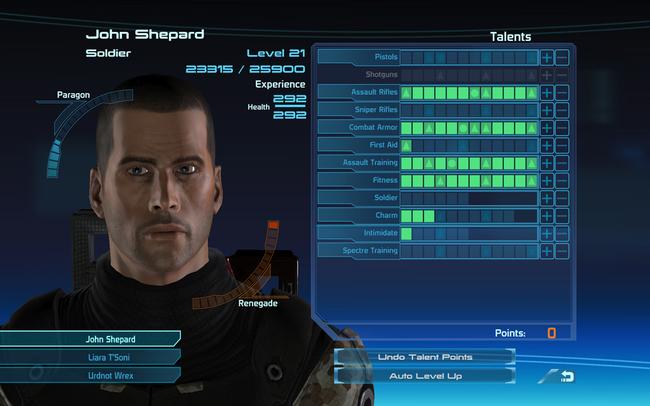
Valkyria Chronicles Review
Tanks, guns, huge armies and full-scale war: It all sounds more RTS or FPS than RPG, but that’s what Valkyria Chronicles brings to the table, a fresh take on the Strategy RPG subgenre from Sega. At first glance this seems wrong, weird – even though the concept of SRPGs seems to lend itself better to the idea of tanks, guns and planes, even the best the genre has to offer such as Disgaea and Final Fantasy Tactics steer well clear of these elements.
Even for this game, the classification ‘strategy RPG’ is a bit of a difficult one to agree with – for rather than chess-style, element based strategy, the strategy you’re employing here is something more like what you’d find in the Ghost Recon series or a PC RTS rather than the traditional elements of an RPG.

The combat is driven by an engine that makes use of both real-time and turn-based gameplay, which can be confusing at first but quickly becomes compelling and addictive, especially when there’s positively beautiful graphics and an interesting story backing it up.
Enemy units aren’t ‘frozen’ while you make your move – while you’re taking your turn, enemies can counter-attack. If your units leave cover, they’ll come under fire and take damage, and if they’re left in the open after an attack the enemy will counter-attack hard. Like RTS games such as Company of Heroes, cover and the positioning of your units is vital, even though this game takes place on the classic grid system that the SRPG genre is famed for.

When attacking with gun-based units, the camera zooms in from its RTS-style overview of the warzone to an up-close and personal third person view over your unit’s shoulder. You’re given the option of using an auto-lock on system or aiming on your own for more precise, critical-hit dealing headshots – somewhat like Bethesda’s recent RPG/FPS hybrid Fallout 3. You have to manage this while also ensuring that you remain behind cover, otherwise you could fall under attack from other enemy units while trying to line up your shot. On top of that, cover is frequently destructible, and you’re constantly looking out for the next place to hide as you come under heavy fire.
As with most SRPGs, moves for each character in each turn are limited but here it’s a little different. You have a certain number of command points, and each action will cost you a point. So instead of each character having one move, you can give up one characters’ movements so another can get to safety by using two. This opens up a lot of strategic options, allowing you to plan out complex flanking manoeuvres.

When you come out of a battle victorious it’s a wholesome feeling. When you come out having lost no units, with a hefty experience bonus to boot, it feels even better. The AI is clever, and once more reminds me more of an RTS than an RPG – rather than just attacking; they will realistically make use of cover and often wait for you to approach them or to expose yourself rather than just charging you head on.
The combination of all these elements make for a pleasing experience, with the various battlefields you’ll be fighting on quickly turning to hectic warzones, where despite the RPG nature decisions have to be made quickly and well. It might serve as an alarming change of pace for many RPG fans at first, but even the largest RPG purists out there will find plenty in the game for them.

It wouldn’t be an RPG without some form of experience points, and in Valkyria Chronicles they are allocated to classes instead of to individual characters, so instead of forcing players to grind each character to catch them up after missing a battle, every character of the same class will be the same level. This means you could use a different character for each class in every battle and not see any ill effects.
Control over the equipment of your armies is very RPG-like too, with the ability to purchase upgrades on the battlefield from a research and development department, allowing your soldiers’ equipment to climb up a tech tree, gradually getting stronger and more powerful. With this you can begin to customize your army and focus them on the type of units that you as a player excel at creating, allowing you to truly take on the role of commander.

Each character even had individual traits which will give them bonuses on the battlefield. Some characters will work better in certain situations than others, dealing more damage, giving defensive bonuses, or nullifying counter-attacks. You even have to worry about who makes up your squads. Two characters that dislike each other together may get the job done, but two who get on will manage the job quicker and cleaner.
The gameplay is great to say the least. It’s polished, it’s clearly lovingly put together, it’s different, it’s exciting and it’s really very fun. As if that wasn’t enough, Sega has backed up this gameplay with an epic storyline following an alternate World War II as a small country struggles to survive the threat of a gigantic military machine not dissimilar to Nazi Germany.

The story is presented via a storybook, with the pages coming to life allowing you to view some beautiful real-time cutscenes animated in the wonderful watercolour art style that has earned the game so much acclaim. Cutscenes are admittedly a little too frequent – but the story is interesting enough, and the gameplay that will follow is more than worth the sometimes clunky exposition. The story does deserve a round of applause for managing to handle a positively huge cast of characters, keeping them all interesting.
Valkyria Chronicles is truly a genre defining, revolutionary new take on the RPG genre. Even viewed as a strategy RPG, it’s excitingly and stunningly fresh, and manages to stand out from the crowd not only by being different but by having an interesting story and beautiful graphics. It might be different, and it might not follow the strict RPG rules to the letter – but give it a try. You might well find the change is long overdue.